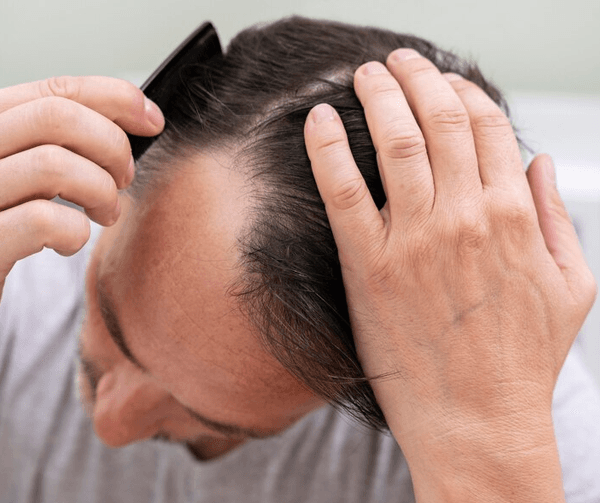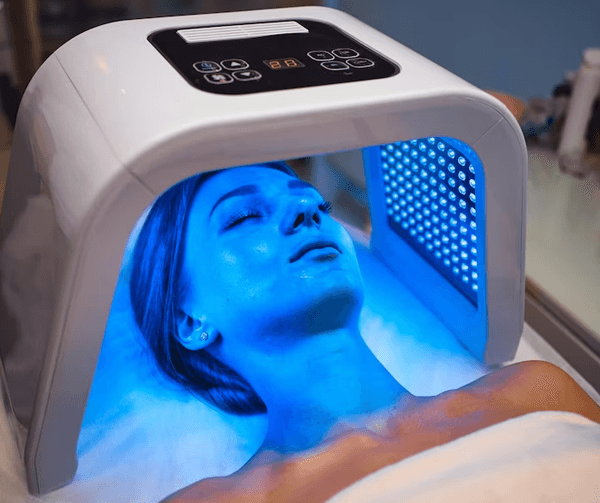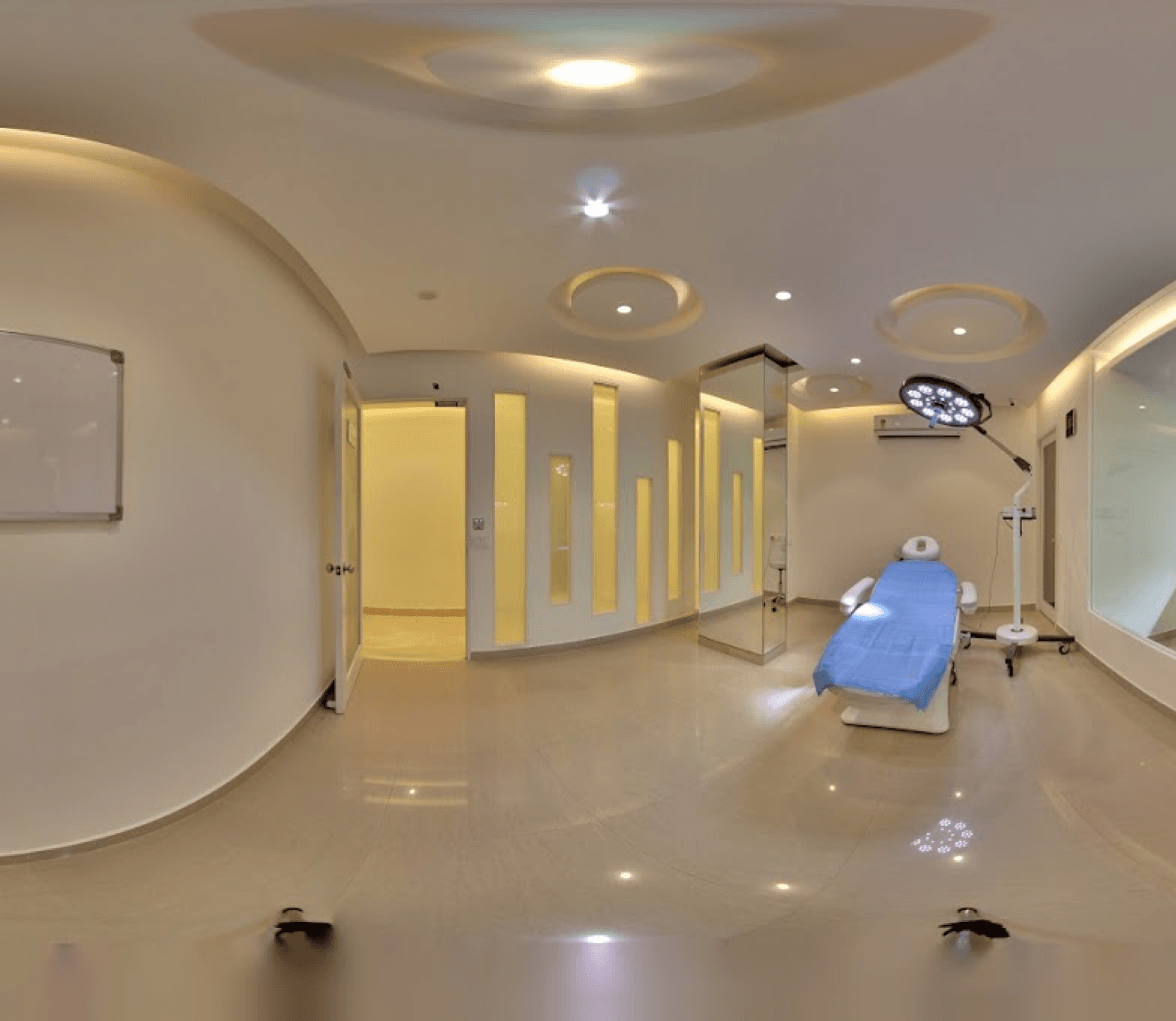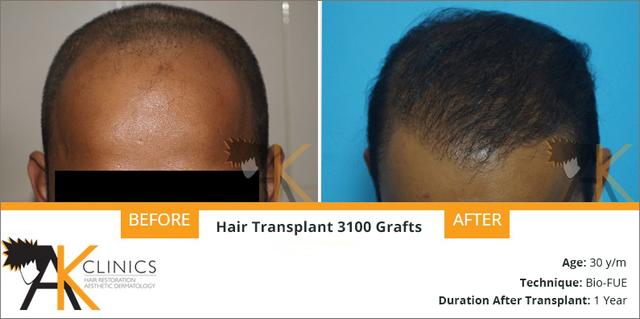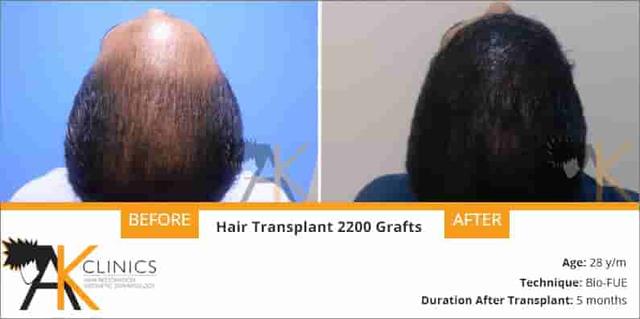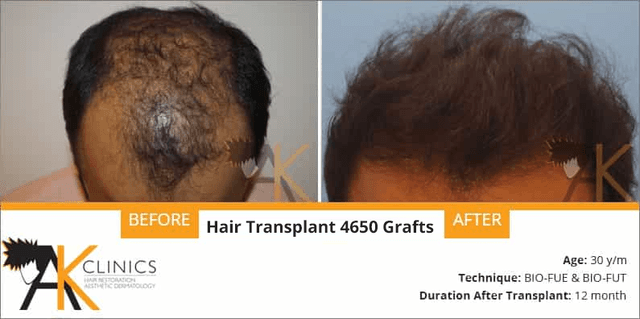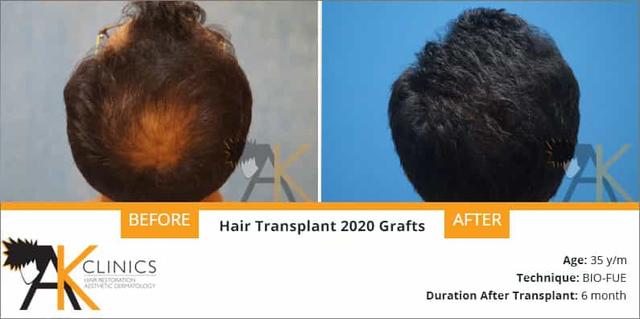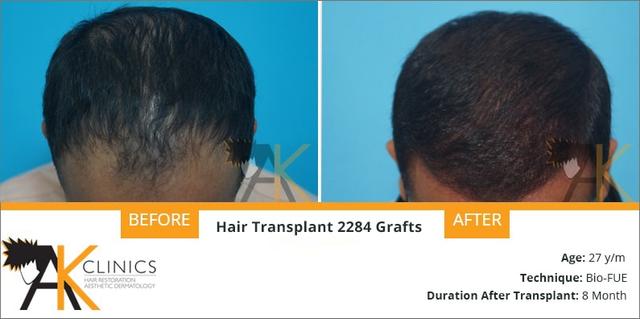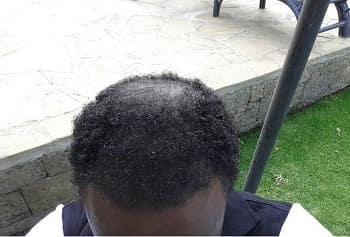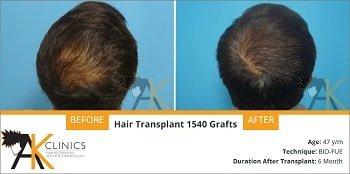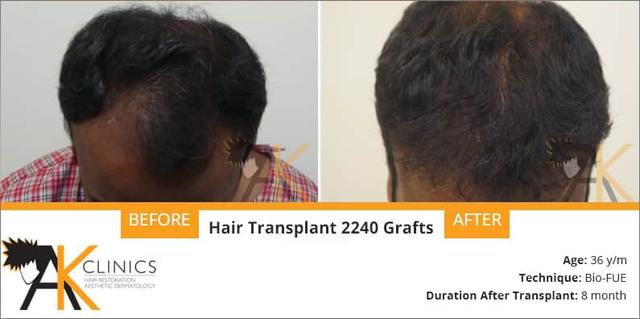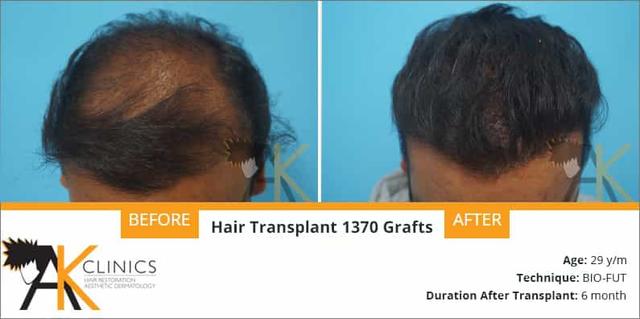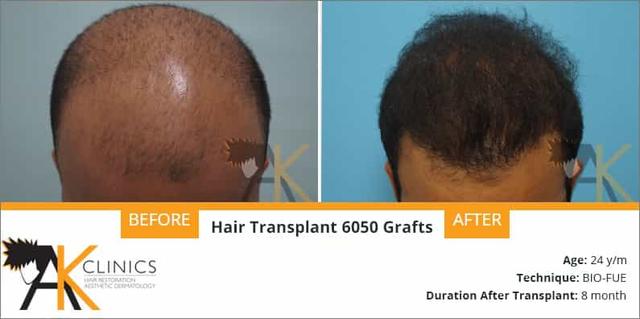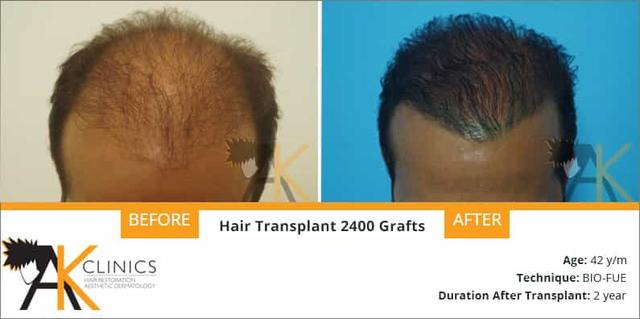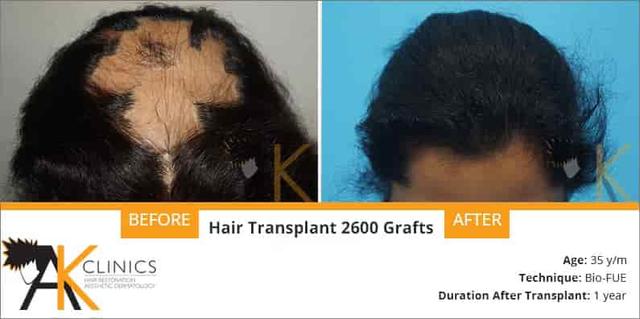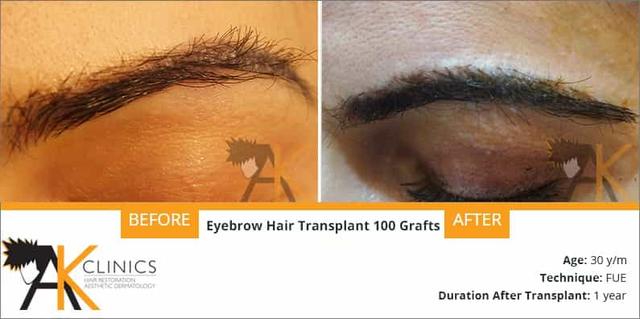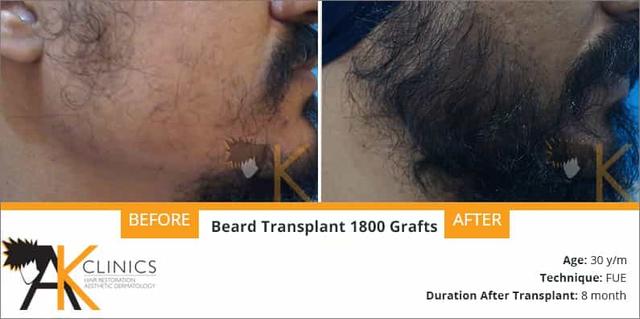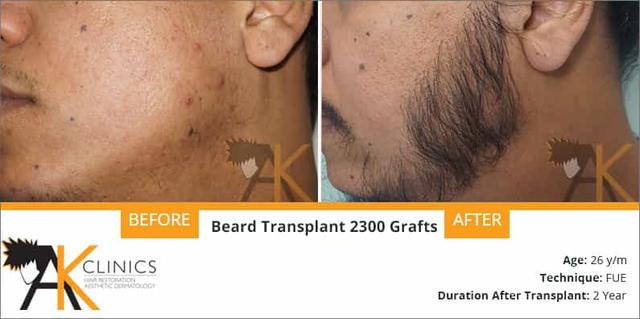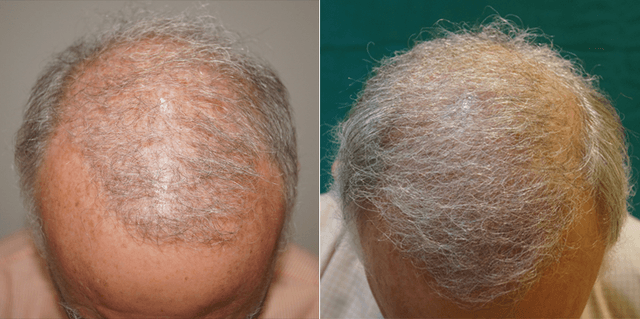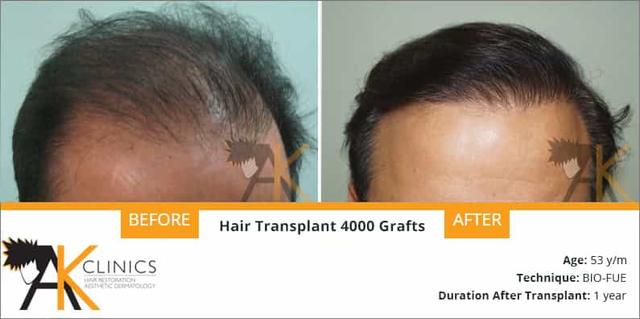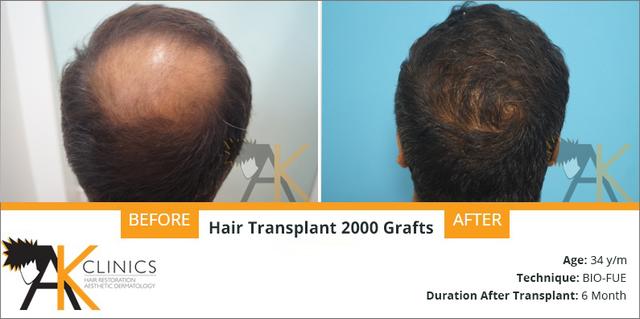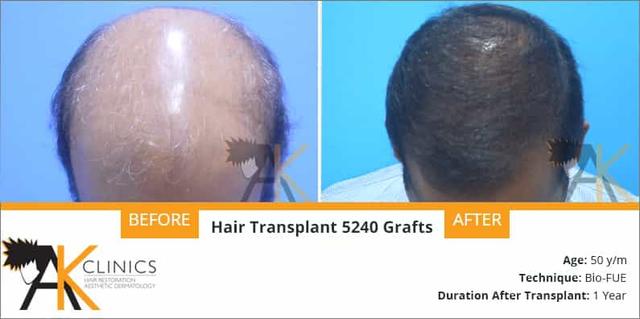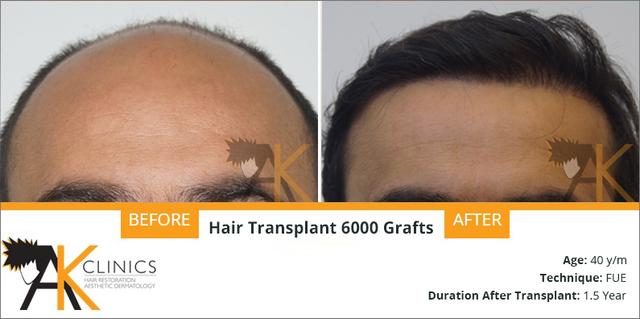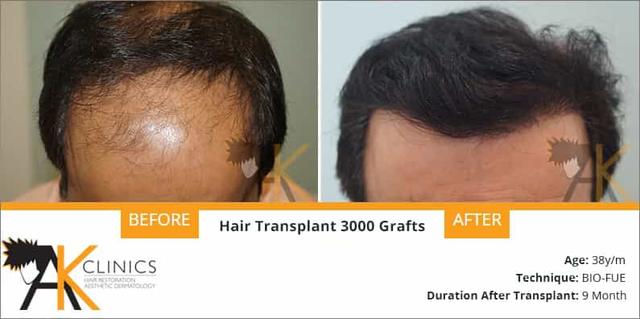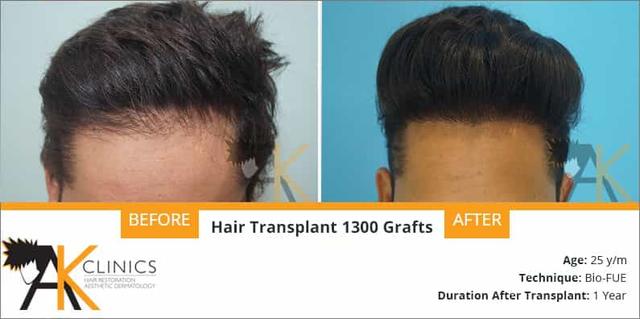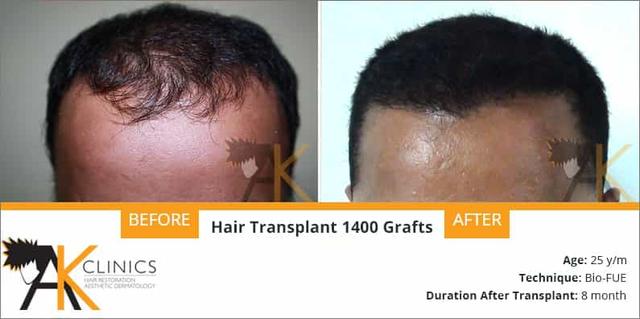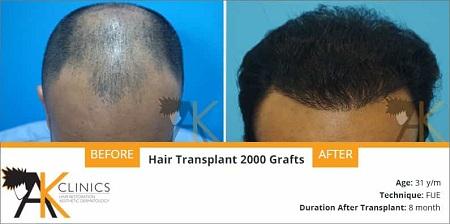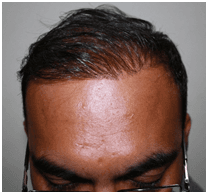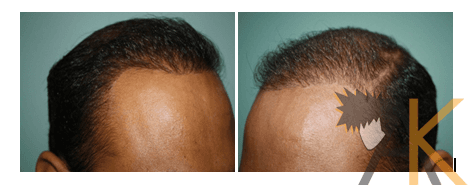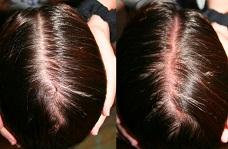Pigmentation Treatment in India
Hyper-pigmentation of the skin resulting in skin discoloration occurs due to the excessive production of melanin. It may affect any area of the body and could be a source of great distress to the patients but most people get impacted with pigmentation on face. In some cases skin pigmentation could be a manifestation of an underlying medical condition and therefore each case of hyper-pigmentation should be evaluated thoroughly. Here Basic causes for hyperpigmentation:
- Excessive exposure to the sun
- Certain medications, especially certain chemotherapy drugs
- Change in the hormonal levels due to pregnancy or any other condition
- Underlying medical conditions
Types of Hyperpigmentation
There are various types of hyperpigmentation but the following are the most commonly seen:

Sunspots, which are also known as solar lentigines, are often caused due to extensive exposure to the sun. These also appear on those parts of the body, which are constantly exposed to the sun, such as the face and hands.
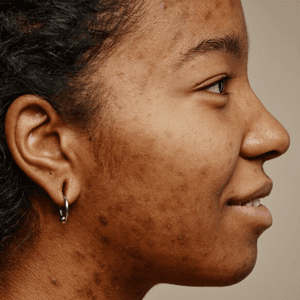
Melasma is often considered to be caused due to a change in the hormonal activity in the body. This is why it is most commonly seen in women, during their pregnancy. While the condition could show up in any part of the body, it is seen most commonly on the face and abdomen.
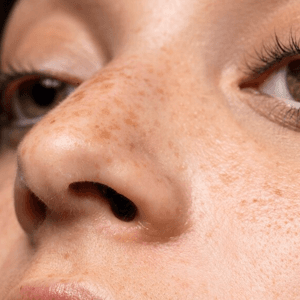
Hyperpigmentation: There is also something known as post-inflammatory hyperpigmentation, which is caused due to an injury to the skin.
Methods of Diagnosis
The method of diagnosis of pigmentation treatment depends upon the causes of these dark spots. Following are the various methods of diagnosis based upon it.

Wood’s Lamp
This is a device that emits UV light and is one of the most preferred methods of diagnosing hyperpigmentation. The procedure is performed in a dark room. This helps in the determination of the type and extent of the pigmentation

Magnifying lamp
When the skin is looked at, under the magnifying lamp, the extent of the hyperpigmentation will be easy to determine. In addition, the same tool will also allow for the diagnosis of other associated skin conditions too

Skin biopsy
In situations, where the lamps are not proving to be effective enough to gauge the extent of the pigmentation, the dermatologist might have to resort to a skin biopsy. This method might be especially useful for diagnosing the associated skin disorder
Before, During & After Treatment
Before
Before treatment (laser, chemical or peel based) can be started, a detailed skin analysis will be required, because only after gauging the severity of the condition, can a course of treatment be charted out. This is why, it is important that an experienced doctor do the examination. It is also important to collect information regarding the lifestyle, medical history, consumption of certain medication and even genetics.Some of the important points of investigation will include:
- UV exposure – Studies have shown that over exposure to sunlight can lead to pigmentation. Excessive usage of tanning beds can also lead to the condition as can, not using enough sunscreen.
- Current and past medical conditions – There are several medical conditions that can contribute to the hyperpigmentation, including thyroid imbalance, Cushing’s disease, Addison’s disease, pregnancy, use of birth control pills or even hormone replacement. The doctor will also need to know about the medications that you might have taken in the past few months, because certain medications can also cause the condition.
- Dermatological or surgical treatments – If you have had any surgeries or dermatological procedures in the past, it would be wise to tell your doctor about the same.
During
Once you have been brought into the laser treatment room, here are the steps that will be followed:
- A laser will be used and the intense light from it will be passed through the epidermis. The light will be absorbed into the skin pigments.
- The energy that is emitted will break up the pigment cells and the particles hence created will be removed by the immune system of the body.
- Almost immediately after the pulse of laser light has been applied, the skin will start to look grey. There could also be a little bleeding. This is part of removing pigmentation treatment.
- A sign of the top layer of skin turning would be the blistering and crusting.
- The time taken for the crust to fall off will depend on how deep the pigments are and also where on the body they are.
- The pigments might not fade after the first session and a few more might be required.
After
- Chances are that you will not be done in one session and you will be asked to come back a fair few times. However, immediately after the first session, your skin will feel tender and there could be some superficial bleeding.
- You will be given instructions on how to care for your skin and you might also be given certain medicines to help with the same. You might be asked not to step out into the sun for a few days or protect the treated area, if you do need to step out.
Possible Risks
If the procedure has been done by professionals, then there is little that can go wrong, but there are certain side effects or possible complications, such as:
- The skin can take on a grey colour
- The pigments do not fade at all
- There could be some bleeding
- There is uneven colouring over the treated area
- There could be excessive blistering and crusting, which does not fall off easily

Why Choose AK Clinics?
Should you choose to come to AK Clinics, you can expect a transformational journey to regain your confidence and youthful appearance through our exceptional Hair and Skin care services.

CUTTING EDGE TECHNOLOGY
At AK Clinics, we take pride in offering the most advanced and effective solutions for Hair & Skin Care, by employing ultra-modern techniques that ensure exceptional results.

HIGH SUCCESS RATE
Having the industry-leading 87% Graft Survival Ratio in our Hair Transplant Services underscores our commitment to delivering the highest level of success and satisfaction for our patients.

EXPERIENCED HANDS-ON CARE
With the trust of over 100,000 patients and a track record of over 3,000 successful surgeries, Our Team brings a wealth of experience and expertise to every hair transplant procedure, ensuring your utmost satisfaction and the best possible results.

EXPERT COUNSELLING
AK Clinics takes pride in providing expert counseling for both hair and skin services, guided by our team of seasoned professionals, ensuring that your unique needs and concerns are addressed with the highest level of care and expertise.
Questions Asked By The Patients
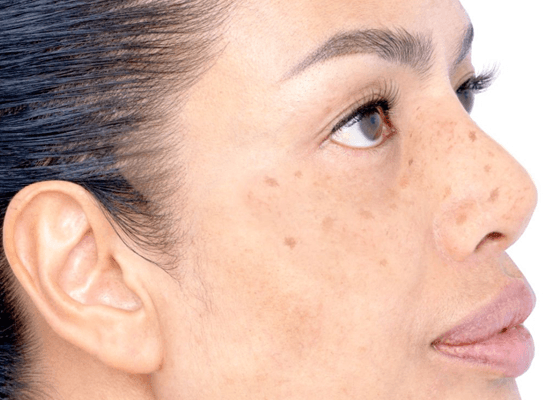
Are The Lasers Safe?
Are The Effects Long Lasting?
Will Insurance Cover The Treatment?
Will The Treatment Hurt?
Can Chemical Peels Be Used To Treat Pigmentation?

